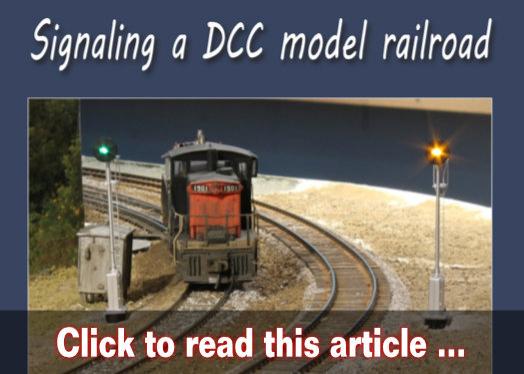Operations

Last weekend in Raleigh, NC - Lots of short videos to share
Good evening all,Last weekend, I was able to bring modules to set up with the Sipping and Switching Society of North Carolina in Raleigh, NC. Following the state established safety protocols, a large ( 132' x 142' ) layout was unloaded, assembled, and declared operational in 6 hours. (edit - move large graphic to new post)
Respectfully,
Tim Moran Akron, OH

A Modest Model Railroad Wish
Iowa Scaled's Proto Throttle is great and all for diesels, and I'm sure that a similar item would be wonderful for steam locos. But while they might give me the "feel" of running a locomotive, they don't help me run my train any better.
For example, if a bridge has a 10 MPH slow order, what does that mean? "Slow"? Not really, for a shay that isn't a bad speed. Speed step 3? Maybe. But probably not. Who knows? And while some might say "who cares?", rest assured it bugs some of us.

Do Wood Product Shipments Need to be Weighed?
I'm interested in late 1920's, early 1930's practice. I'm trying to understand if I should incorporate a scale track on my layout.
TrainSpotter - Improved Design!
The TrainSpotter makes detection of locomotives or rolling stock easy and reliable. Place the sensor where its invisible light beam will reflect off the object of interest and you're done - no time-consuming or frustrating adjustments! Works in all lighting conditions. With discrete under-track installation, this low-profile sensor solves many of the challenges that plague other optical detector products.
The TrainSpotter now comes with a detachable 24" cable and simplified circuitry.
Grain Modeling - Boxcar Loading
I found a link to a good 15-minute documentary from Canada regarding the spotting and loading of 40' boxcars. It shows a worker using a rail jack to maneuver the car into place (and handbrake), as well as boarding up the door to accommodate the grain. Just figured that some transition-era (or 1980's for you Canadians) modelers might find this useful for modeling purposes. Boxcar segment begins at 4:45.
Edit: YouTube Link for the ones who want a YT version.

What's on Your Workbench - November 2020
Welcome to November! Let’s see your latest progress from the workbench and layout as we kick off another month.
Eric
Eric Hansmann
Editor-at-Large, Model Railroad Hobbyist
Follow along with my railroad modeling:
http://designbuildop.hansmanns.org/
How to wireLima Sytem
I have Lime Cantenary System.
I have no instructions on how to put it together.
Many posts and only 1 power post..
I need help in putting it together.
I want to run a small section of electrified line on my layout.



How Often Were Steam Engines Changed on a Train?
I've always heard that during the steam age, trains typically traveled about 100 miles between engine & crew changes. That kind of makes sense for locals or perhaps mountain segments, but what about long distance passenger and freight trains on the prairie? That seems a little short to me: If you are moving at an average of 30 miles an hour with no setouts/pickups, you change engines and crews every 3 hours? Or is it more of a case that the engine needs to re-coal every 100 miles but it can keep going if the crew hasn't hour-lawed out?
>> Posts index
Navigation
Journals/Blogs
Recent Blog posts:
